Most people on the planet don’t know what an electric current really is. Let’s talk about this in more detail.
Atomic structure
You know, of course, what an atom is? Everything on this planet is made out of atoms. Atoms are made up of a nucleus and electrons that vibrate around it.
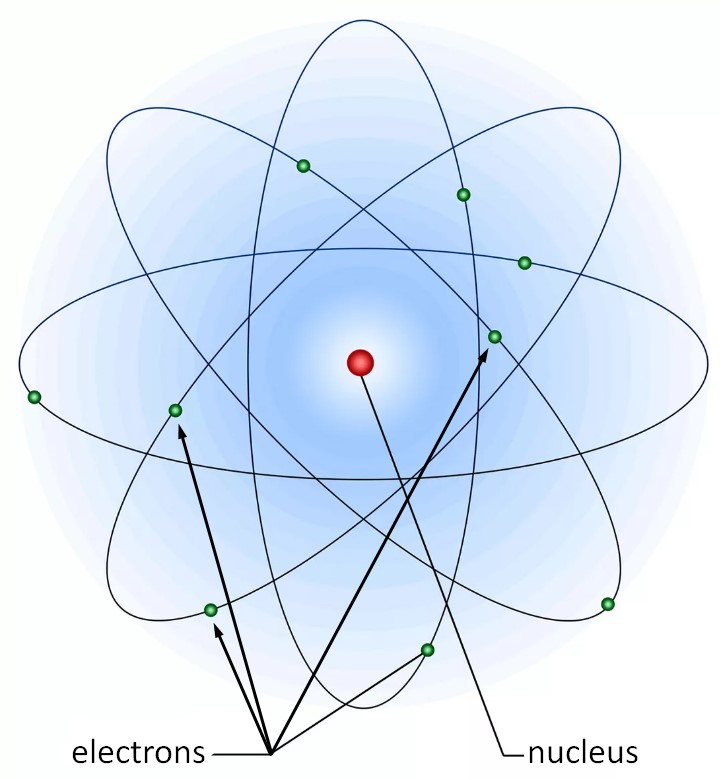
Some atoms may have a lot of electrons, and some have only one. For example, a hydrogen atom. It has only just one electron.
Let’s play a game! Imagine that the shepherd is the nucleus and the atoms are the sheep. The sheep are always near the shepherd. The shepherd must be held accountable for his sheep.

The same can be said about the nucleus and the electrons around the nucleus. Electrons are always near the nucleus. And as I mentioned earlier in some substance there is only one sheep per shepherd (a hydrogen atom), but metal atoms have many electrons (plenty of sheep).
There is one problem. It is difficult for a shepherd to keep track of all the sheep if there are a lot of them. If the sheep is far away from the shepherd, it has every chance to escape from the herd and become free. Everything happens exactly the same in atoms. The farther an electron is from the nucleus, the less dependent it is on the nucleus. It breaks away from the nuclear and becomes absolutely free. The electrons that are not bound within the atom and free to move are called free electrons.
Free electrons
Let’s look at a drawing of an aluminum atom.
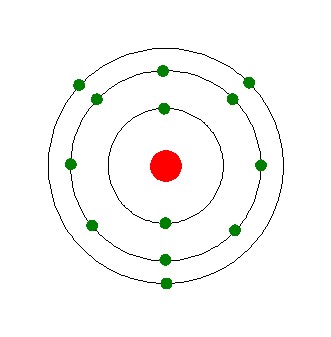
In the center, the red color is the nucleus and the green color is the electrons. As you may have noticed, the aluminum atom has three orbitals and 13 electrons. In the first orbit there are 2 electrons, in the second orbit there are 8 electrons, and in the third orbit there are 3 electrons. Electrons in the first orbit are attracted to the nucleus more strongly than electrons in the third orbit. Electrons from the third orbit can leave the atom because the force of attraction of the nucleus is weakest for them. They leave the atom and become free. These electrons we call free electrons.
Let’s take a look at the conductor. In our case, let it be an aluminum conductor.
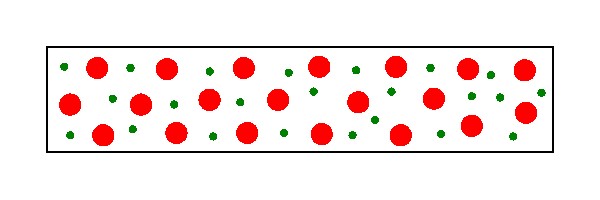
Here we can see free electrons (green) and atomic nuclei (red). The movement of free electrons is disorderly.
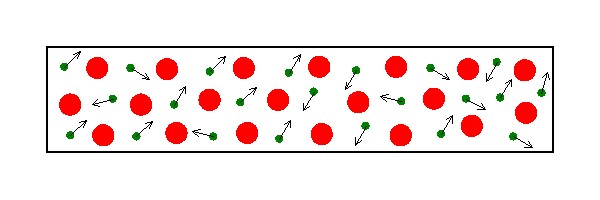
Electric current
Electric current occurs when free electrons move in the same direction. In the picture it will look like this:
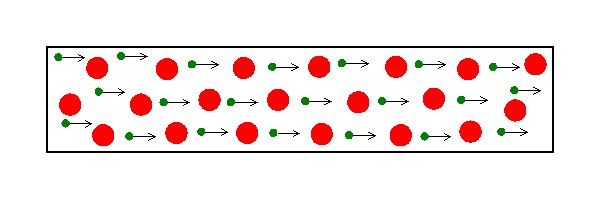
It can be compared to runaway sheep moving in the same direction.
In order to understand more about electric current, let’s compare it with hydraulics. Let’s imagine that the free electrons are water molecules (blue). They are in the garden hose and the water doesn’t flow anywhere. The molecules of water are in the micro-movement, but we can say that for us they are motionless.

Evening came and you decided to water the flowers. What happens to the water in the garden hose? Yes, it will start to flow from the hose.

Therefore, we will see a picture like this:

The same thing happens in wires when an electric current starts flowing through them. Only instead of water molecules there will be a movement of free electrons.

Conditions for electric current
How did we get the water molecules to flow in the same direction? We opened the faucet and the water started flowing down the garden hose, right? But where does the pressure come from that pushes the water through the hose? This pressure is created by a water pumps and a water tower.

The water pump pumps water into the water tower. Then the water from the water tower enters the houses where you can use it for your needs.
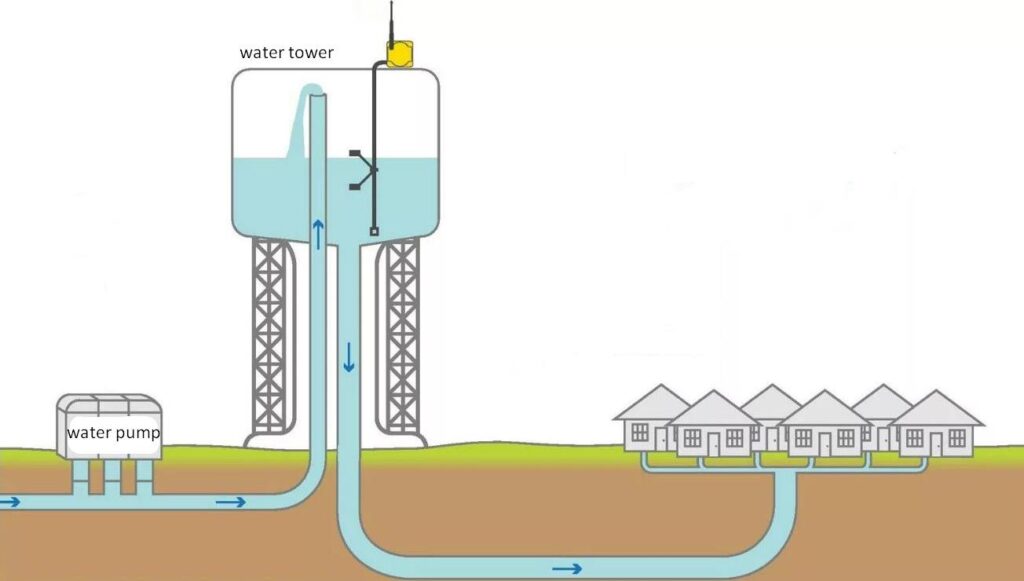
If the water pump does not work, the tower will become empty after a while. Therefore, an important condition that the water can always flow into the house – a working water pump.
The same applies to electric current. We must also have some kind of pump that can drive free electrons and push them in the same direction. His name is an EMF source
So, what conditions must be met for an electric current to flow through a conductor:
- There must be a lot of free electrons in the substance. These are mostly metals (copper, aluminum, silver, gold, iron, mercury and many others)
- We have to make the free electrons move in one direction
- Make the force that will push free electrons never run out
- Make sure the conductor does not break from excessive flow of electrons
Types of electric current
There are two types of electric current
- DC Current (Direct Current)
- AC Current (Alternating Current)
Sometimes DC current is called DC voltage. The same applies to AC current. AC current=AC voltage.
Let’s look at them in more detail.
DC current
It’s simple. When free electrons always move in only one direction and do not change their direction in time, this current is called direct current (DC current). Sometimes it’s called DC voltage.

Its oscillogram will look this way:
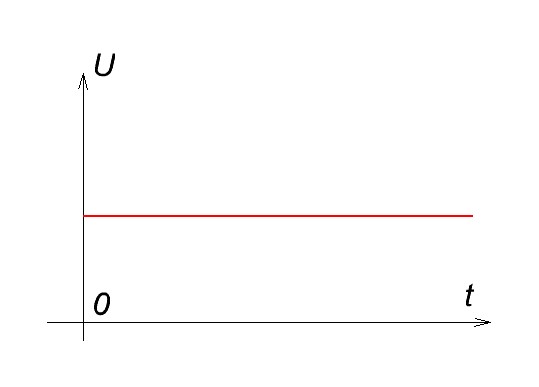
U – voltage
t – time
As you can see in the graph, our voltage is always constant and does not change.
Direct current gives all kinds of batteries and rechargeable batteries
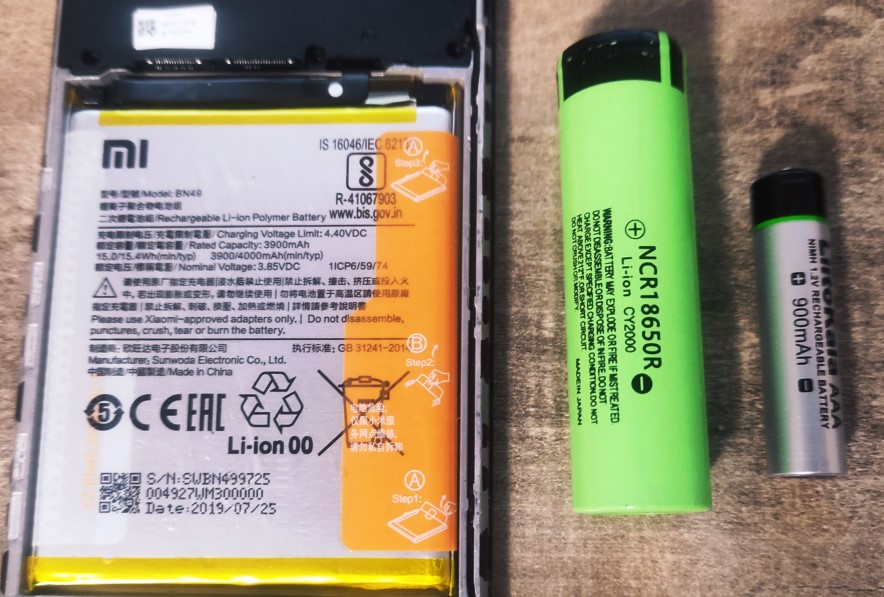
AC to DC adapters
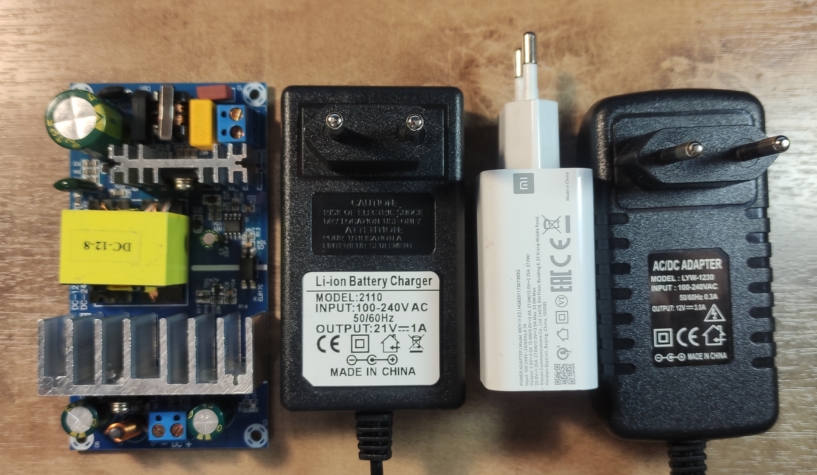
and laboratory power supply
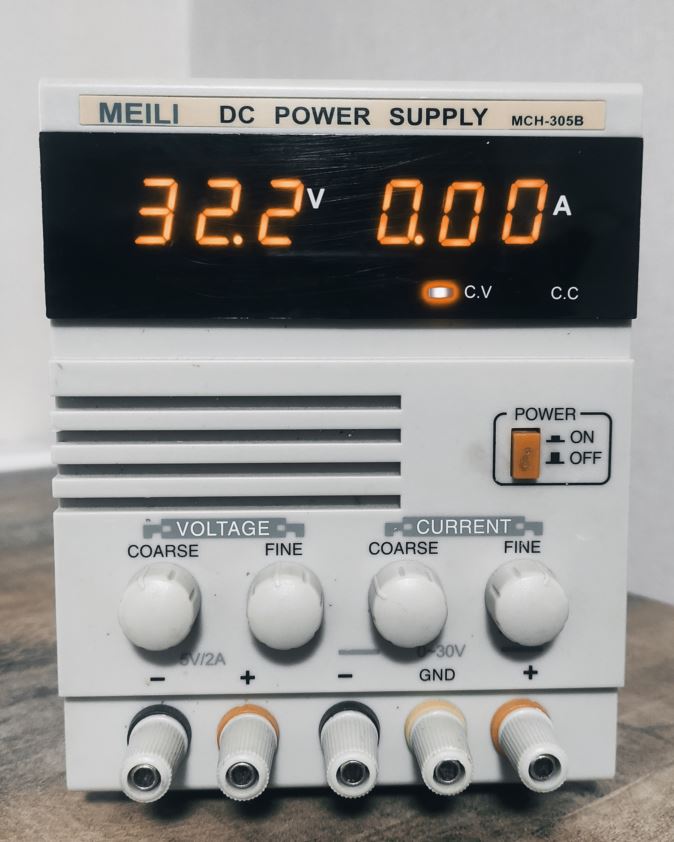
Let’s look at the battery oscillogram. I have a flashlight. It has a battery inside it. That’s where we’re going to shoot the oscillogram.
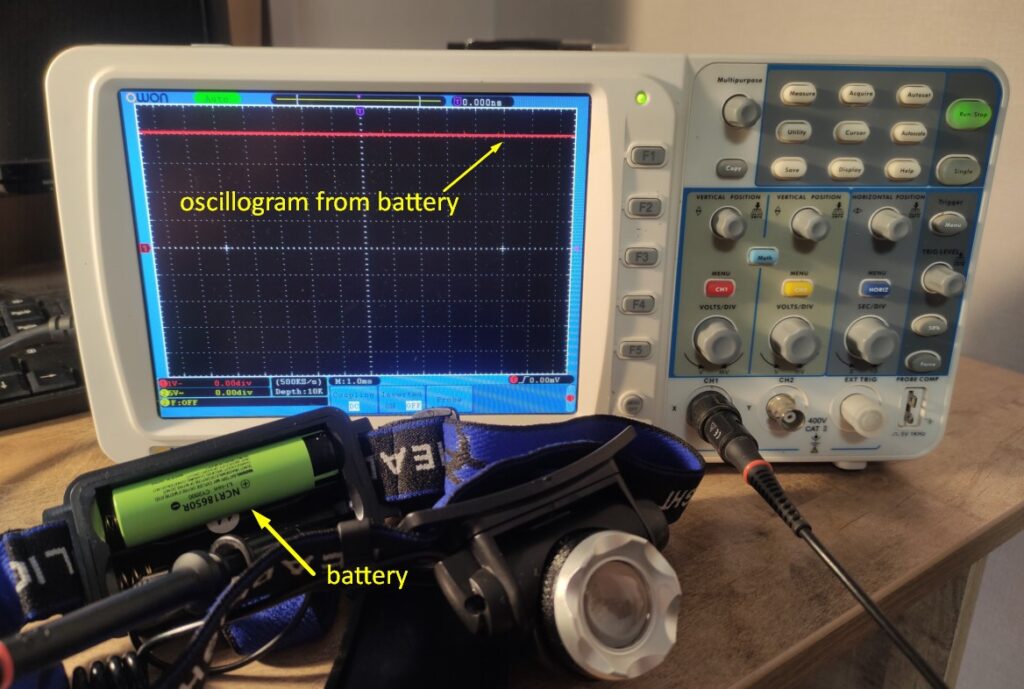
As you can see this is DC oscillogram.
AC current
Everybody likes to swing.

First you fly in one direction, then you brake, and then you fly back and the whole process repeats itself. An unforgettable feeling!
Let’s look at the pendulum, which is made of a cone. The top of the cone is cut off and there is sand in the cone. If you swish the pendulum, you can see that it’s shaping the sine wave.
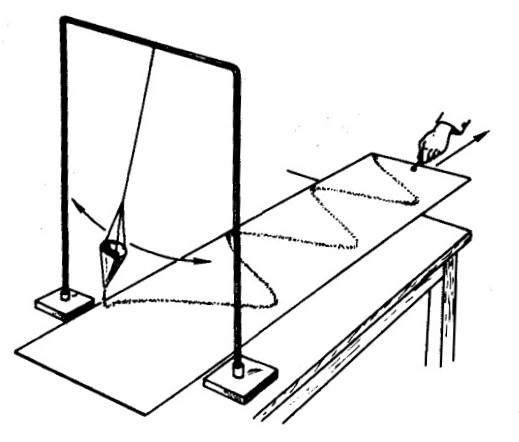
Alternating current behaves exactly the same. First the electrons move one way, then the movement fades and the electrons start moving the other way. And then that movement fades and it’s just like on the swings.
Let’s imagine a piston pushing water in a closed system. The piston goes back and forth.
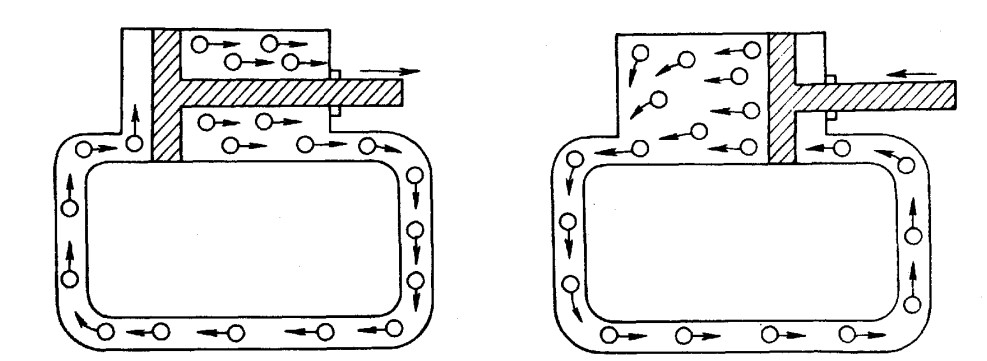
This means that water molecules will first move in one direction and then in another.
For AC current it will look like this:
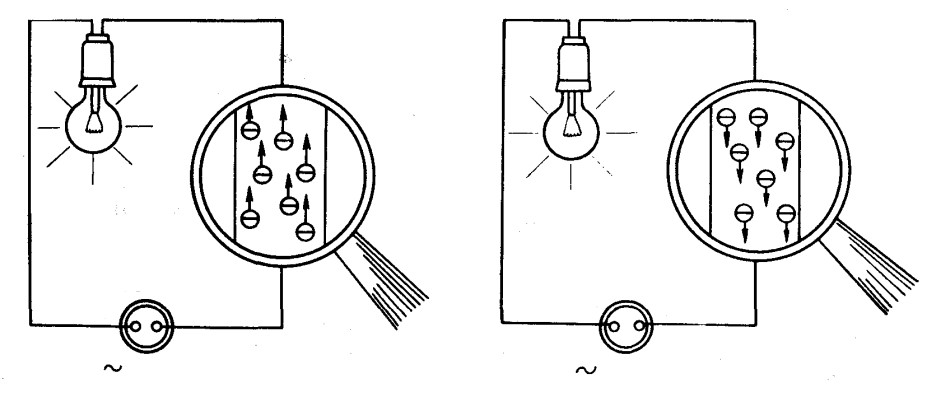
The AC oscillogram is a sine wave and look like this:
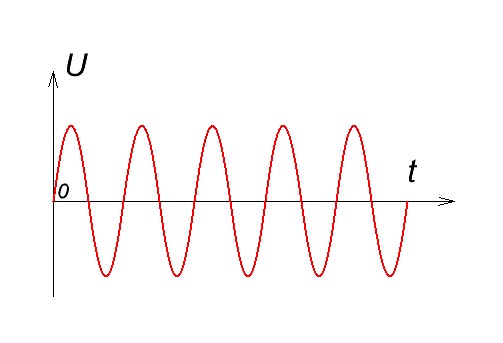
This is the kind of alternating electrical current that enters our homes. You can see this with an oscilloscope.
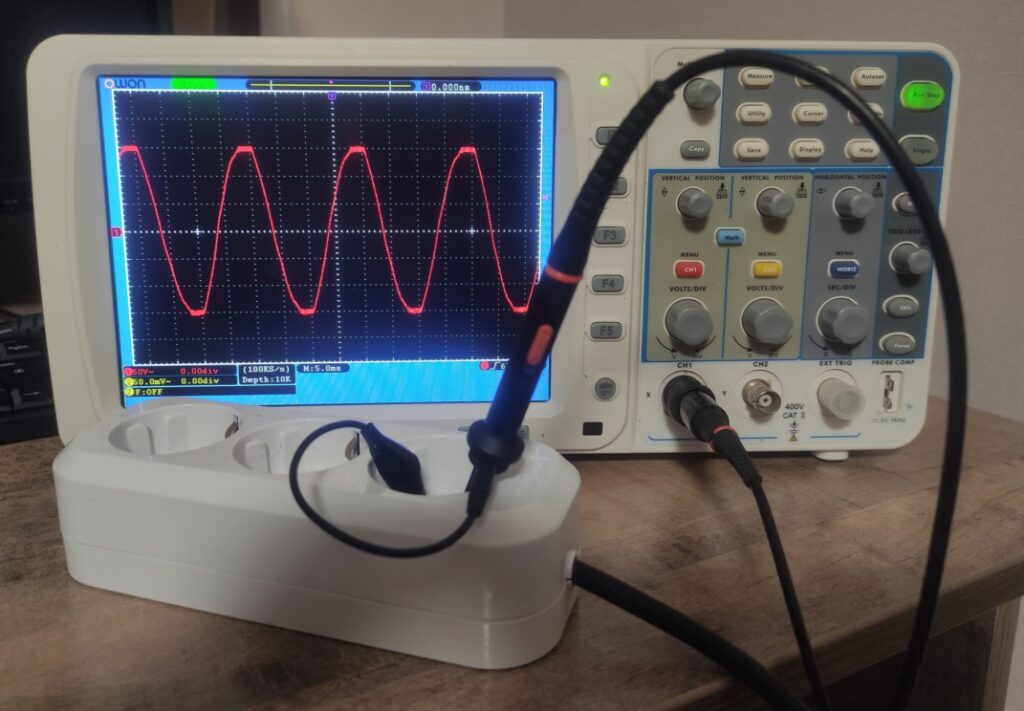
To understand differences, here’s a picture
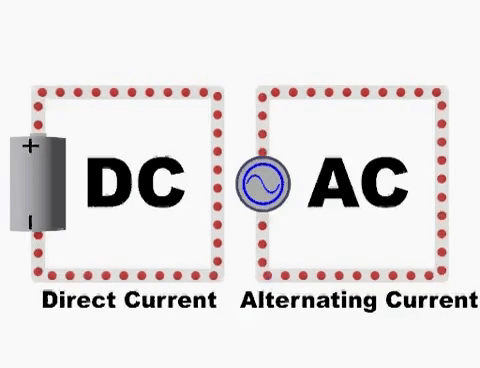
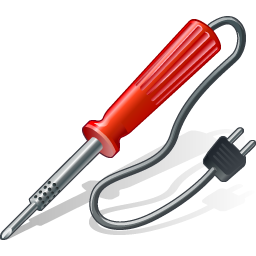
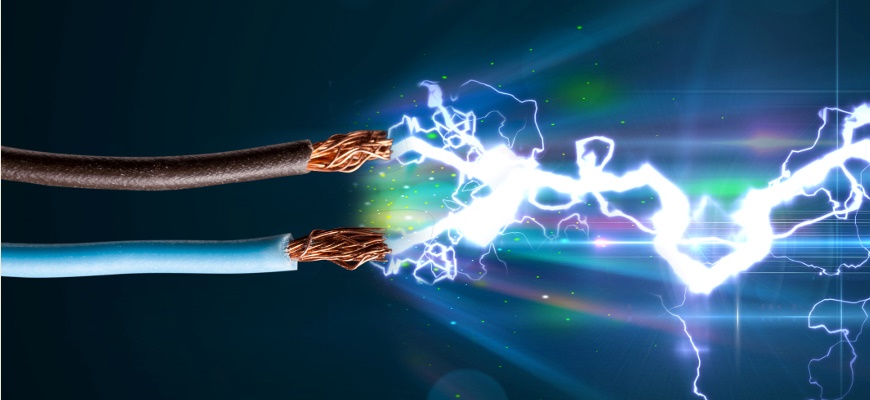
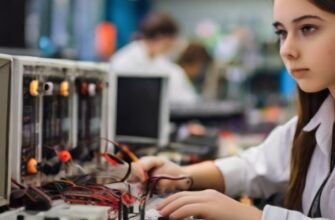

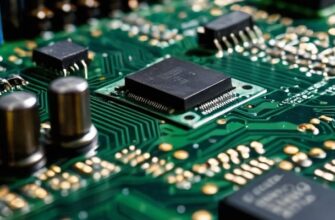
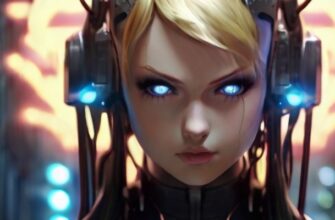
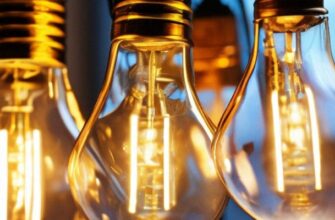
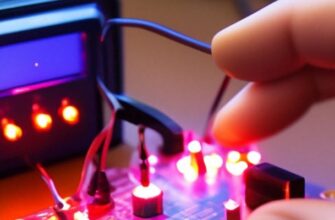

May I simply say what a comfort to discover someone that really knows what they are talking about on the internet. You actually realize how to bring an issue to light and make it important. More people must look at this and understand this side of the story. I cant believe you are not more popular since you surely have the gift.